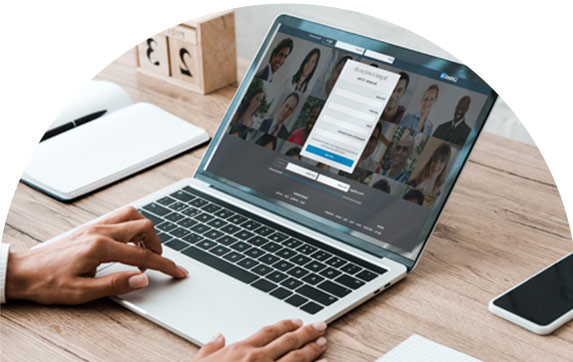Whatever industry you’re in, customers are expecting highly personalized experiences tailored to their needs. Generalized marketing messages aren’t getting the same ROI as they once did, and can even negatively impact your brand image.
But when it comes to B2B marketing, how do you offer this high level of personalization? Especially when you offer a range of products or services that may be tailored to different customers?
Personalizing your marketing strategies can actually be much simpler than you might think. And once you’ve got the process set up, it will make lead generation much easier and much more effective.
Haven’t tried automating your LinkedIn campaigns yet? Schedule a demo with one of our representatives and get started today.
Understanding Personalized B2B Marketing
B2B personalization means tailoring your marketing efforts to fit the needs of a specific customer. Rather than giving everyone the same generalized marketing message, you give customized, relevant content to the business customers who need it.
Many B2B marketing strategies come off robotic and impersonal. But what many companies fail to realize is that there is a person on the other end, and they want a personalized service tailored to their needs.
In fact, 84% of decision-makers in B2B companies said that being treated like a person was a top factor in winning their business. Not to mention 72% of B2B customers expect a deep understanding of their needs, reflected through a customized experience – even more so in a post-Covid-19 marketing landscape.
This goes to show the importance of personalized B2B marketing and how it can boost your lead generation significantly.
What Does Personalization Mean In Terms of Lead Gen?

Personalizing your marketing efforts will make lead generation much easier and much more effective.
Not only do customers demand it from B2B companies, it also optimizes the marketing process in several key ways:
- Allows you to target high-intent potential customers
- Helps you create ultra-valuable marketing messages
- Lets you communicate with customers in real-time
Research has shown that 79% of B2B businesses with a personalization strategy regularly exceed their revenue goals. This is a step in a marketing strategy that can’t be missed.
How Does Personalization Affect Lead Nurturing?
Lead nurturing is the process of guiding your potential customers through your sales funnel. Just as personalization can make lead generation much easier, it can also make the nurturing process much more streamlined and effective.
Increases Engagement and Conversions
Marketing messages that are targeted to a specific segment or individual have a 14% improved click-through rate and 10% higher conversions.
Customers are much more likely to engage when they feel the message is meant for them. We’re all bombarded with generalized marketing messages through email, social media, even physical marketing every day – now it’s only personalized messages that cut through the noise.
Fosters Trust
The market is flooded with sub-par products and services, so customers are more cautious than ever when doing business with an unfamiliar company.
Personalizing your marketing and messaging is a proven way to build trust. The more you can build this trust by personalizing your marketing, the more likely a potential customer will come to you as the solution when they are ready to buy.
Moves Leads Through Your Funnel Quicker
A report by Demand Gen Report showed a 20% increase in sales when leads are nurtured with tailored content.
Customers are much more receptive to personalized content and so will move through your sales funnel much more quickly than if you were using generalized content.
What Are the Different Types of Personalization?
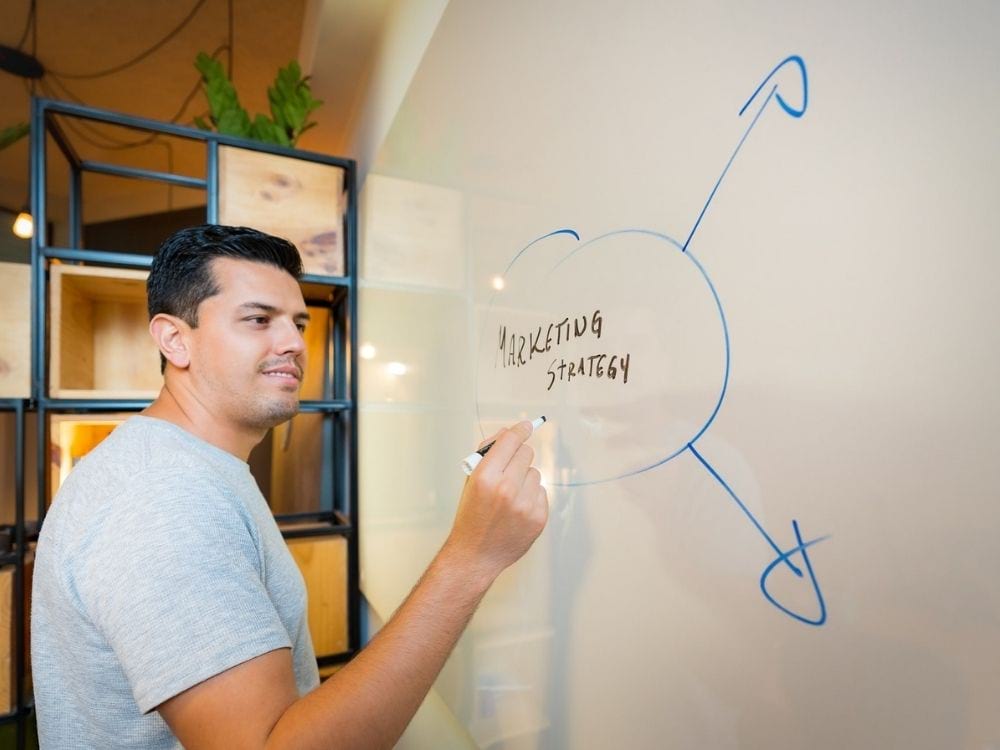
From including your customer’s name in an email to recommend products based on browser history, personalization can take many forms. Here are the main personalization strategies to think about when planning your lead generation strategy:
1. Segmentation
This is one of the easiest personalization strategies and so one of the most popular with marketers. It involves splitting your target audience into segments based on different demographic information such as:
- Department or job title
- Location
- Industry
80% of your marketing content will be the same across segments, with the remaining 20% tailored to each segment. This allows you to scale your marketing efforts without spending hours on creating totally new marketing messages for each category.
Tailoring the personalized content can be easily optimized with A/B testing to make sure you’re getting the best conversion rate.
2. Persona-Based
Many B2B companies create personas of their target customers to create content targeted at this person. This is another form of segmentation where the content is tailored based on traits or characteristics of the persona.
3. Customer Journey
If your product or services target customers on a specific point in a journey, this is a good way to personalize your marketing efforts. Your content will speak to customers at different points on the journey and give insight and solutions to get them to the next step.
4. Individualization
This is the most effective type of personalization that tailors your messaging based on the specific customer you’re talking to. Although segmentation is important and useful, it can still feel overly generalized to B2B customers.
Instead, individualization targets messaging to a specific person based on their buying behavior, characteristics, interests, etc.
Using Personalization to Enhance Lead Generation Campaigns

So we’ve learned why personalization is so important, now we need to understand how to use it strategically to enhance your lead generation campaigns.
Ramp up Your Website Personalization
Your website or landing pages are one of the most crucial parts of your sales funnel. If your marketing messages are on point but your landing page lets you down, you’ll miss out on sales.
It can be difficult to personalize your website, especially if you have several buying personas. But the more research you can do on your current customers, the more you can optimize your website with tailored content.
Find out where your current customers come from, conduct polls to find out what they like and dislike about your current content, and create landing pages for each customer type based on your findings.
You can also use cookies to remind people of the areas of your site they’ve already visited and welcome them back if they’re a repeat customer. This may seem like a small gesture, but it will make a big impact on your lead generation.
Implement Automation
It’s difficult to offer your customers a truly personal experience at each step of the buying journey. Automation can fill the gaps where you can’t always be present.
For example, chatbots on your site are a great way for potential customers to feel that human touch from the beginning.
Whereas automated outreach messages can tailor your marketing message to individuals and begin their journey with a customized approach.
Hit the Customer’s Pain Point
The best lead generation tactic is understanding a customer’s pain point, empathizing with their position, and then offering an easy solution.
When you show your customer you understand the problem they’re having, you position yourself as an expert and show you’ve done your research before reaching out to them.
Provide Relevant Offers
How many times have you received a promotional message from a business that had a product or service that was completely irrelevant to you? Not only does it make you ignore the message, it also makes you ignore any future marketing efforts from that brand.
In an 8000-person survey, 91% of people said they were more likely to shop with a brand that gave them relevant offers.
Understanding your audience and segmenting them into relevant categories will allow you to tailor your outreach and give the best offers.
The more relevant your offers, the more effective your lead generation will be.
Expert Tips on Personalizing Your Lead Gen Campaigns
If you’re still not convinced, here’s what some of the top experts in the marketing industry have to say out personalizing your lead generation campaigns:
Send personalized emails at scale
Sujan Patel from sujanpatel.com had this to say about personalizing your email marketing:
Merge or personalization tags allow you to send personalized emails at scale. Drop a tag into your campaign, and your service provider does the rest.
Tags can include names, opt-in dates, job titles, email addresses, cities, or any other information you know or have collected about your individual recipients.
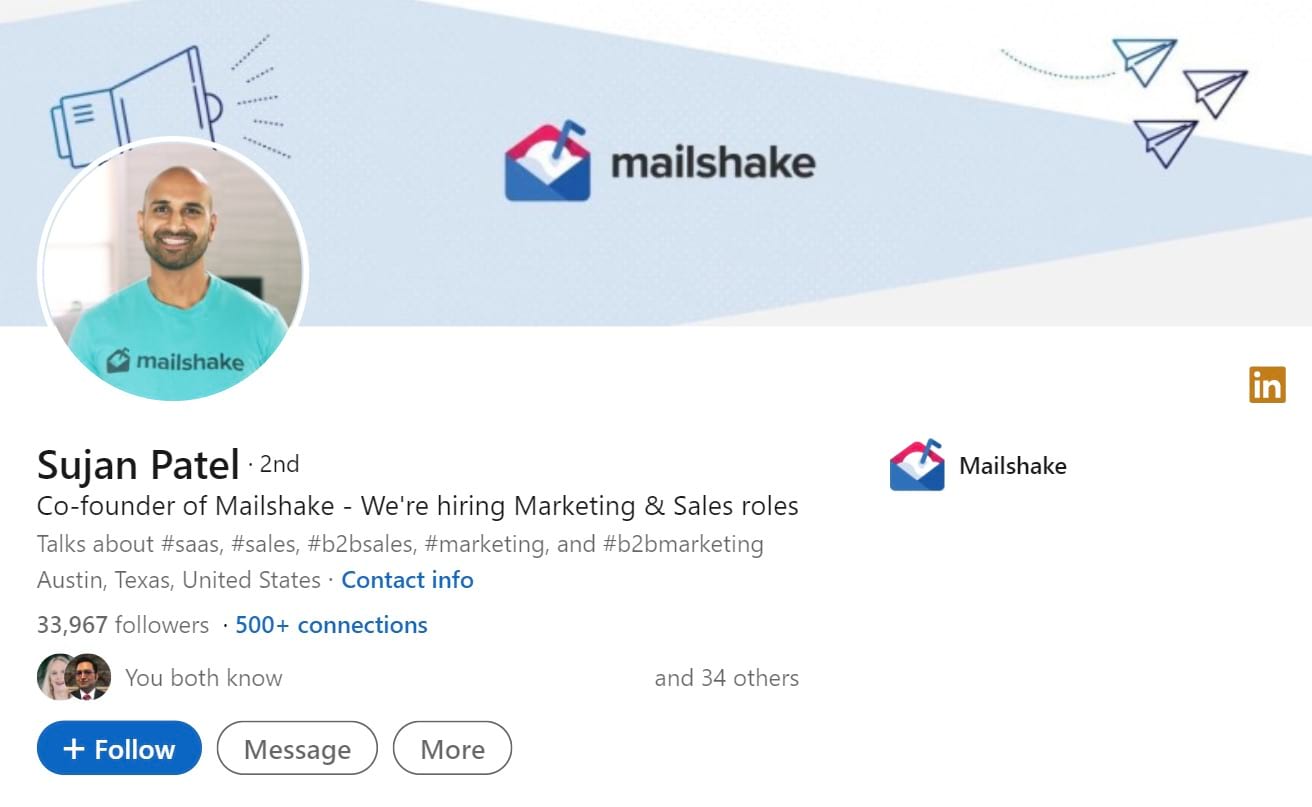
Go beyond their first name
Adam Enfroy of adamenfroy.com suggests going deeper than simply adding a customer’s name to an email and digging deeper into their interests and shared connections:
Make it personal. Your outreach email should include personal information about you and also be personalized for your recipient. Referencing their first name within the subject line and email is a good start, but try to go beyond that, including shared interests or connections.
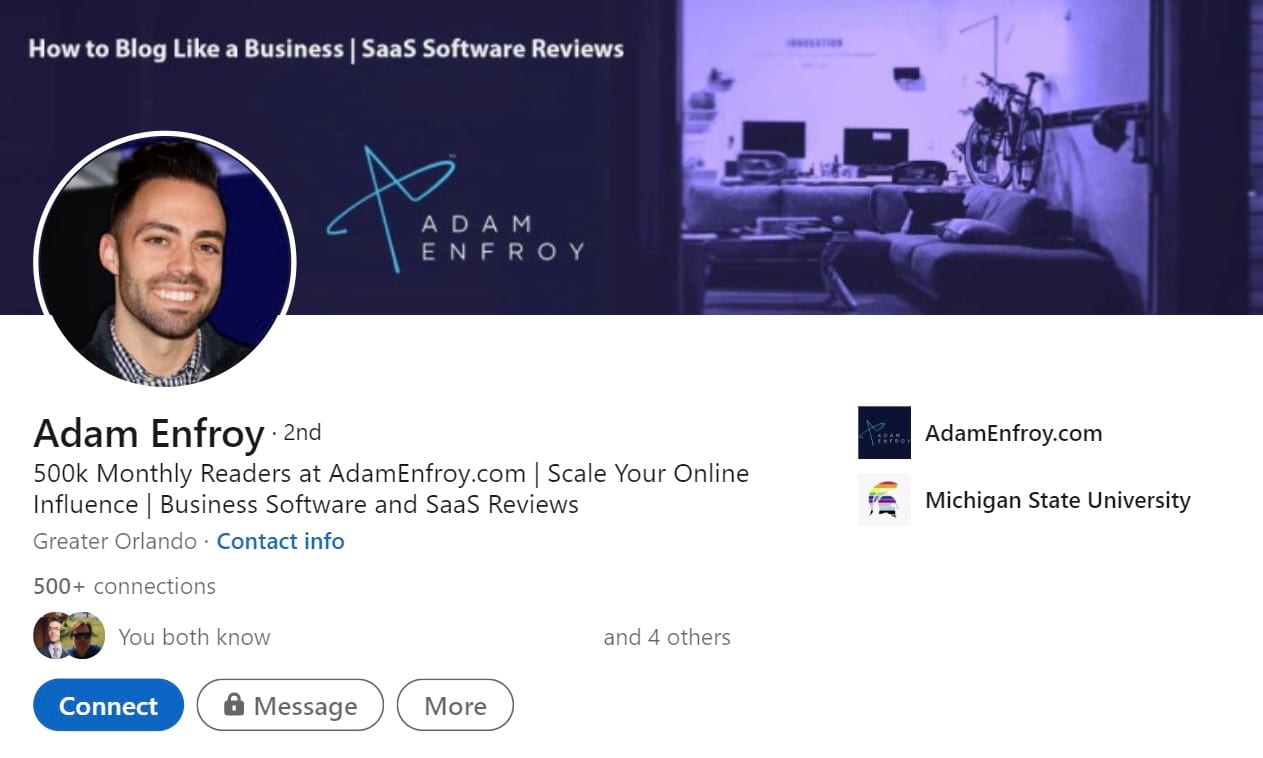
Personalize and then find your customers
Greg Pietruszynski has an interesting take on personalization, suggesting you should write your content first and then find your customers who match those details:
What we have found is that a targeted prospect search is quicker and easier than modifying an email. Using this approach, you write a personalized email that targets a specific type of prospect.
Then, instead of matching information to your prospects, search for prospects who would find that message useful and personal.
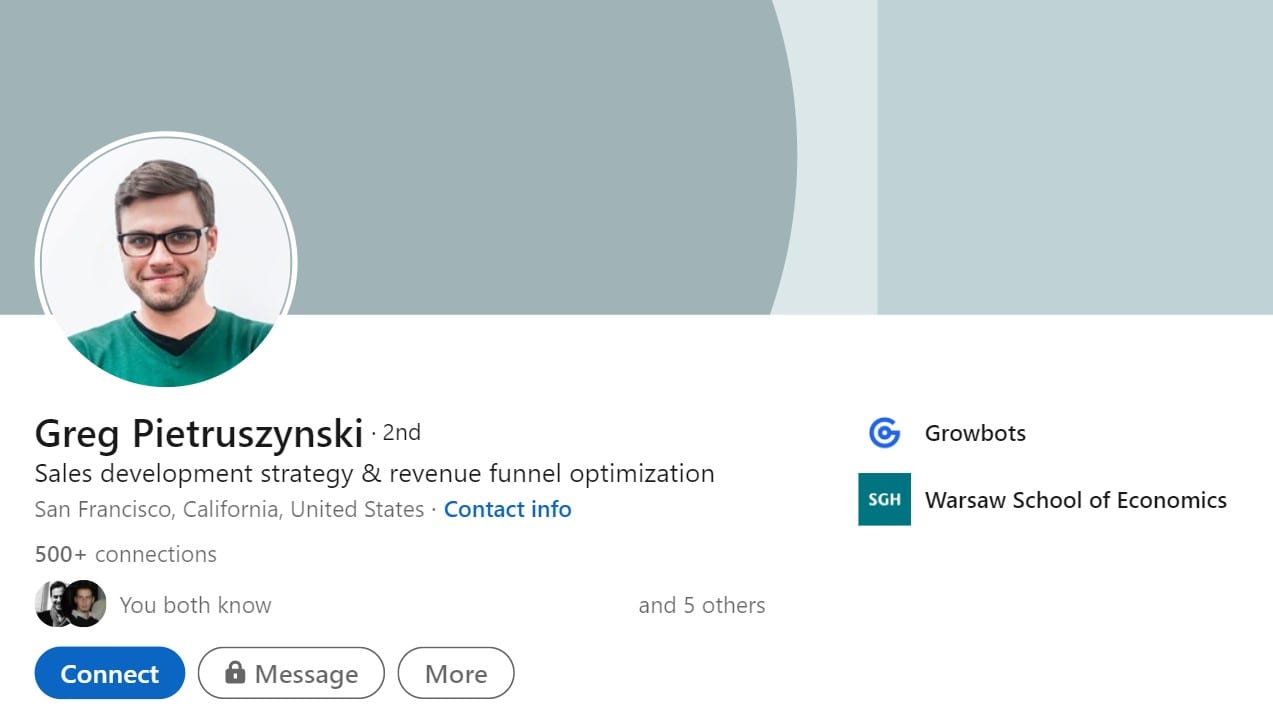
Delivery time personalization
Todd Grennan speaks about the importance of delivery time personalization by using data on recipient engagement:
This one’s a little different. Delivery time personalization uses data about each recipient’s engagement with previous outreach to ensure that every customer receives your message at the time when they’re most likely to engage.
By using delivery time personalization, each one of your customers will get the message at the time that’s most likely to work for them. That could be at 8:00 a.m., during their morning commute, or at 8:00 p.m., when they’re at a bar with friends.
By individually customizing each recipient’s delivery time, your message feels less intrusive and your customers will be more likely to engage, leading to better results for the campaign.
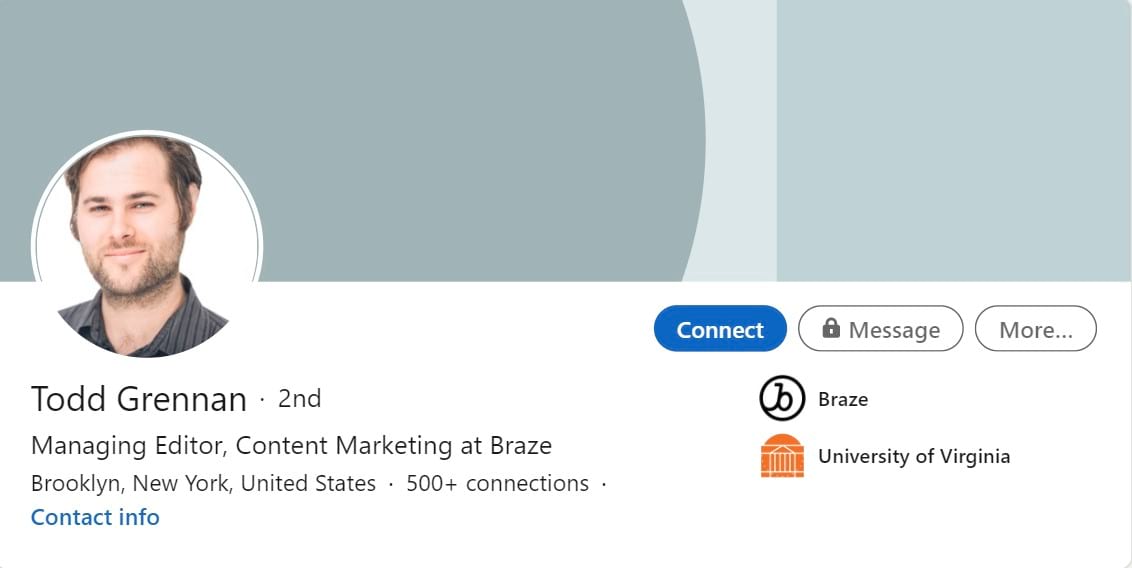
Personalizing using sincere praise
Jenny Keohane suggests using data from LinkedIn or Google in order to make a more sincere personalization.
Check these places for news you can use:
LinkedIn → recent promotions
Google → funding announcements, product launches, or other announced achievements
Be specific in your email. Don’t just say, “I’m impressed by you.” Explain why. If you don’t point to a specific success, you risk getting sent to the trash bin with all the other generic emails.
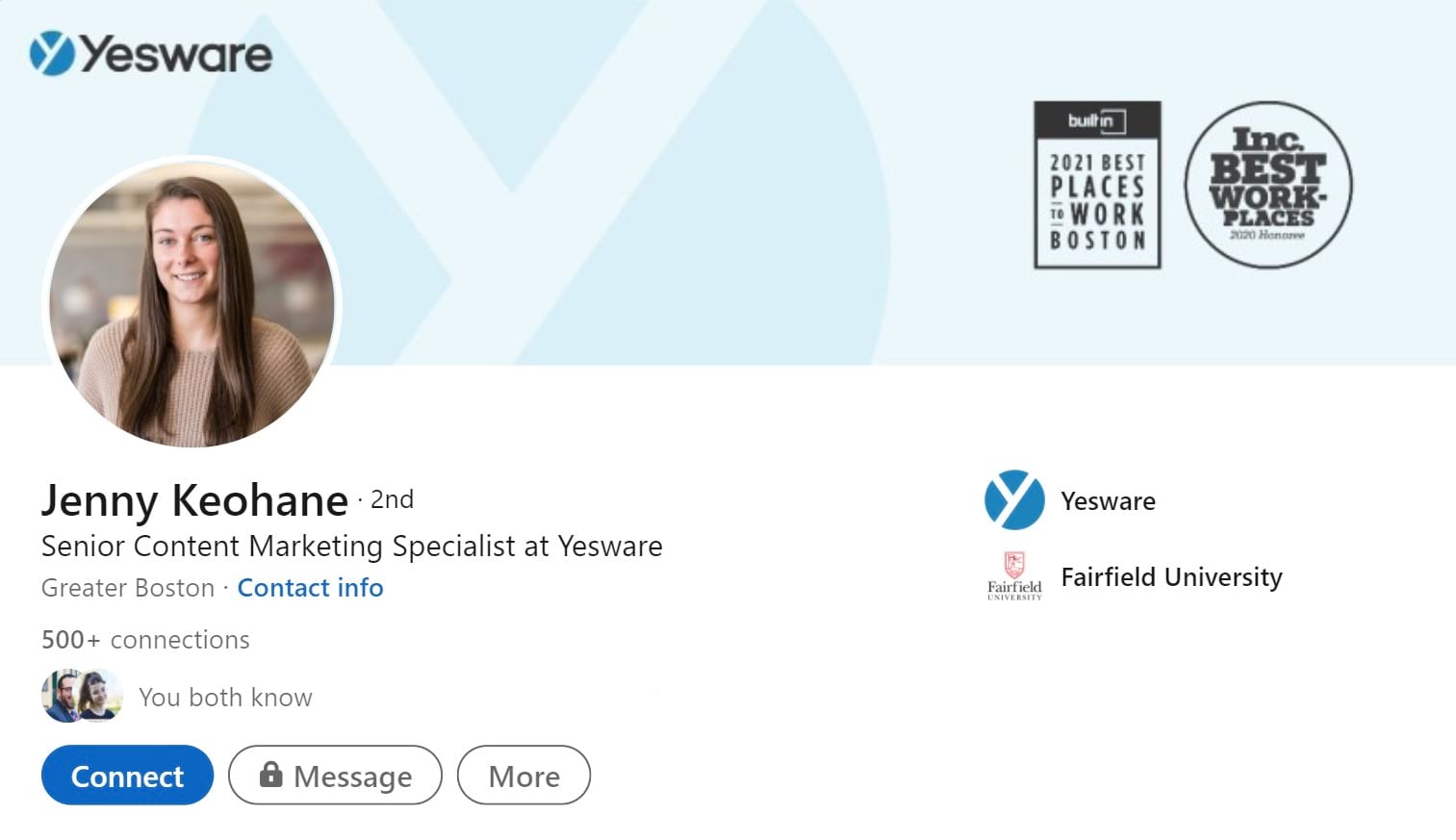
Use templates to reduce the workload
Neil Patel is all about making outreach easier with the power of templates.
You can get creative and personalize your emails on a large-scale campaign. It doesn’t have to take you an hour to personalize emails for every single prospect. Most email services will allow you to customize the inserts.
Try something like this for your next campaign:
Use templates to reduce the amount of legwork while still remaining sincere. The key here is not to lie. Don’t just “template out” blog post titles and tips if you didn’t read the post or implement the action item.
The best part of this strategy is being able to personalize emails while still sending them in batches with your favorite outreach tool.
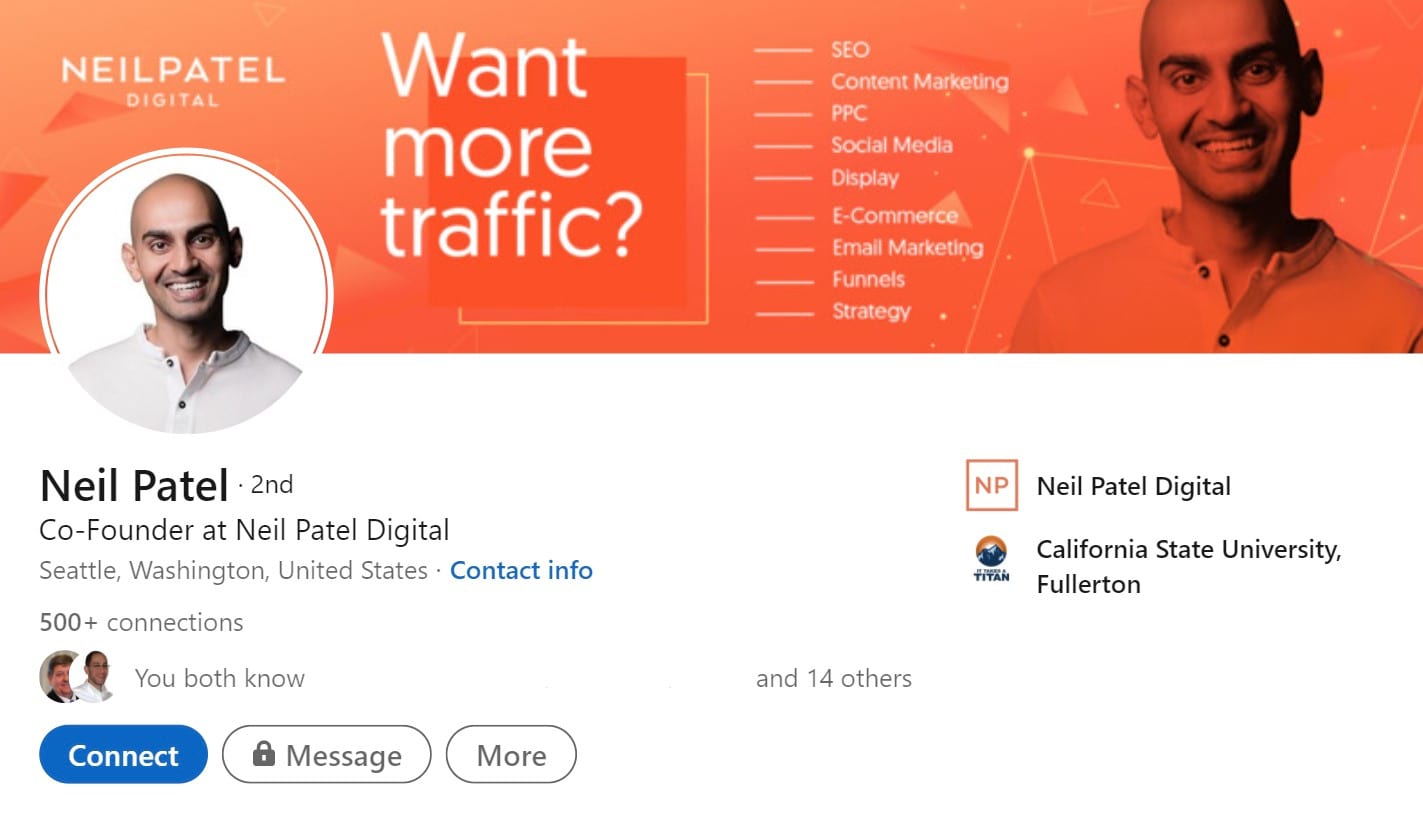
Convert visitors with quizzes
Stefan Debois suggests that by incorporating quizzes into your lead gen strategy, you can increase your conversion rates quicker.
Quizzes have a huge conversion and completion rate. These generate leads and allow you to convert casual visitors into paying customers. They also offer a level of interactivity that regular posts are incapable of.
According to this study published by Demand Metric, conversion rates spike high when the content is interactive, compared to passive. The cost per lead can be decreased up to 90%
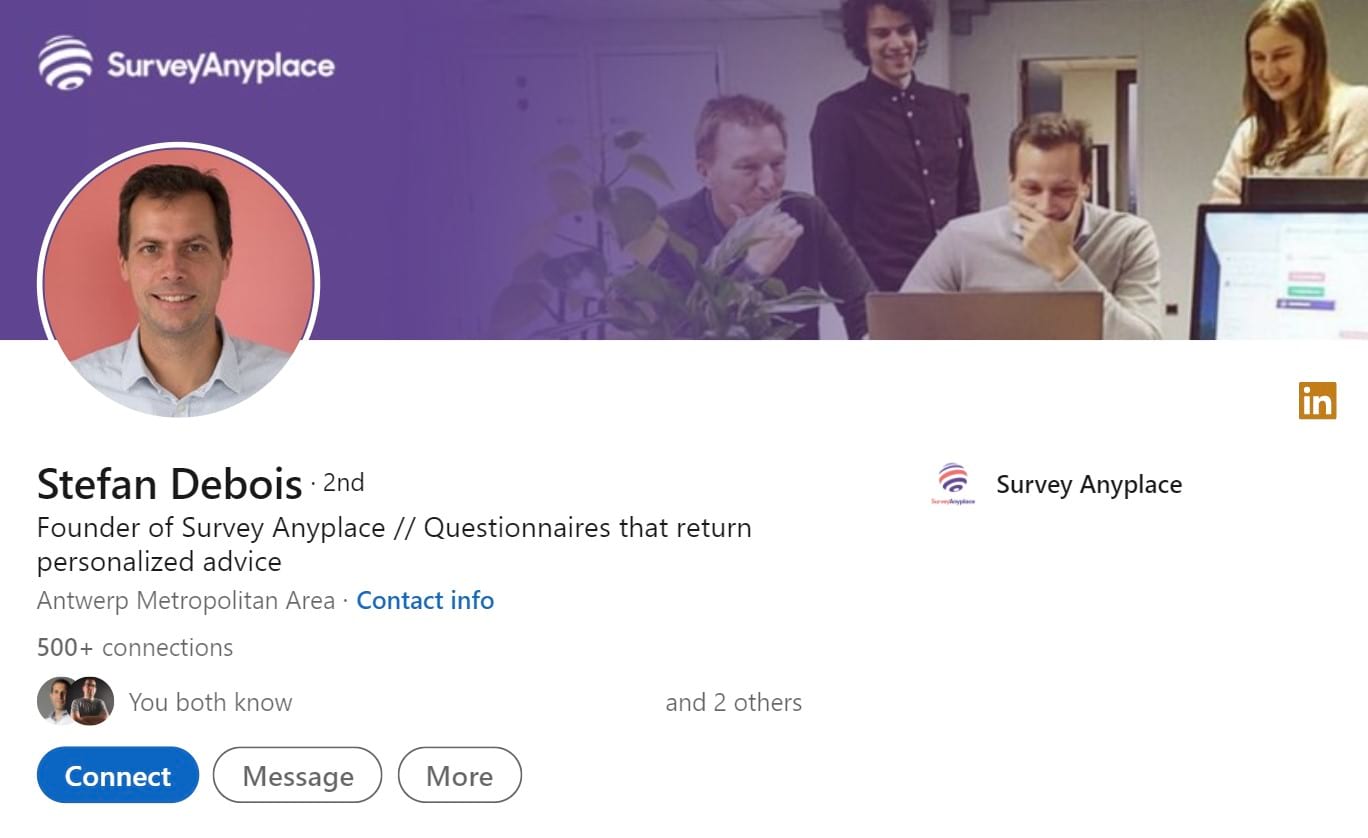
Use tags to lessen the workload
Tim Queen prefers using tags to easily segment and personalize emails.
Tags are incredibly helpful for segmentation and personalization of follow up emails. To make tags work it is very important to create a consistent pattern for naming all of your tags.
I recommend the following approach.
Every time anyone of your subscribers downloads a lead magnet add a generic “downloaded_leadmagnet” tag to the subscriber. This will allow you to easily search for subscribers that downloaded at least one lead magnet or none at all.
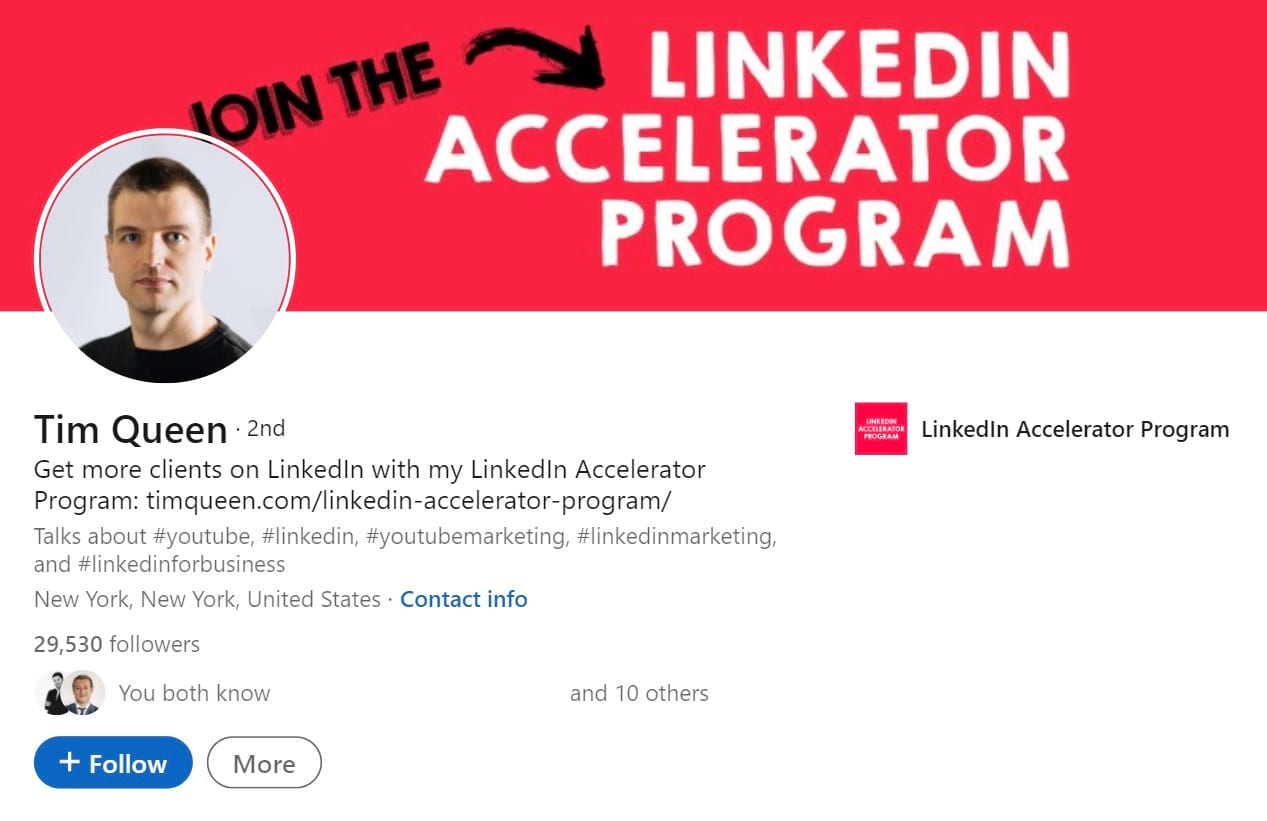
Provide a tailored experience to prospects
Larry Kim‘s advice is not to stop at personalizing emails, but to personalize as many elements of your marketing strategy as possible.
While it takes more effort, personalizing your marketing is the biggest way to make yourself stand out this year. You should personalize your content, products, message blasts, and other marketing materials to your customers.
It’s becoming the standard in ecommerce, wherein customers get messages that show recommended products tailored to them.
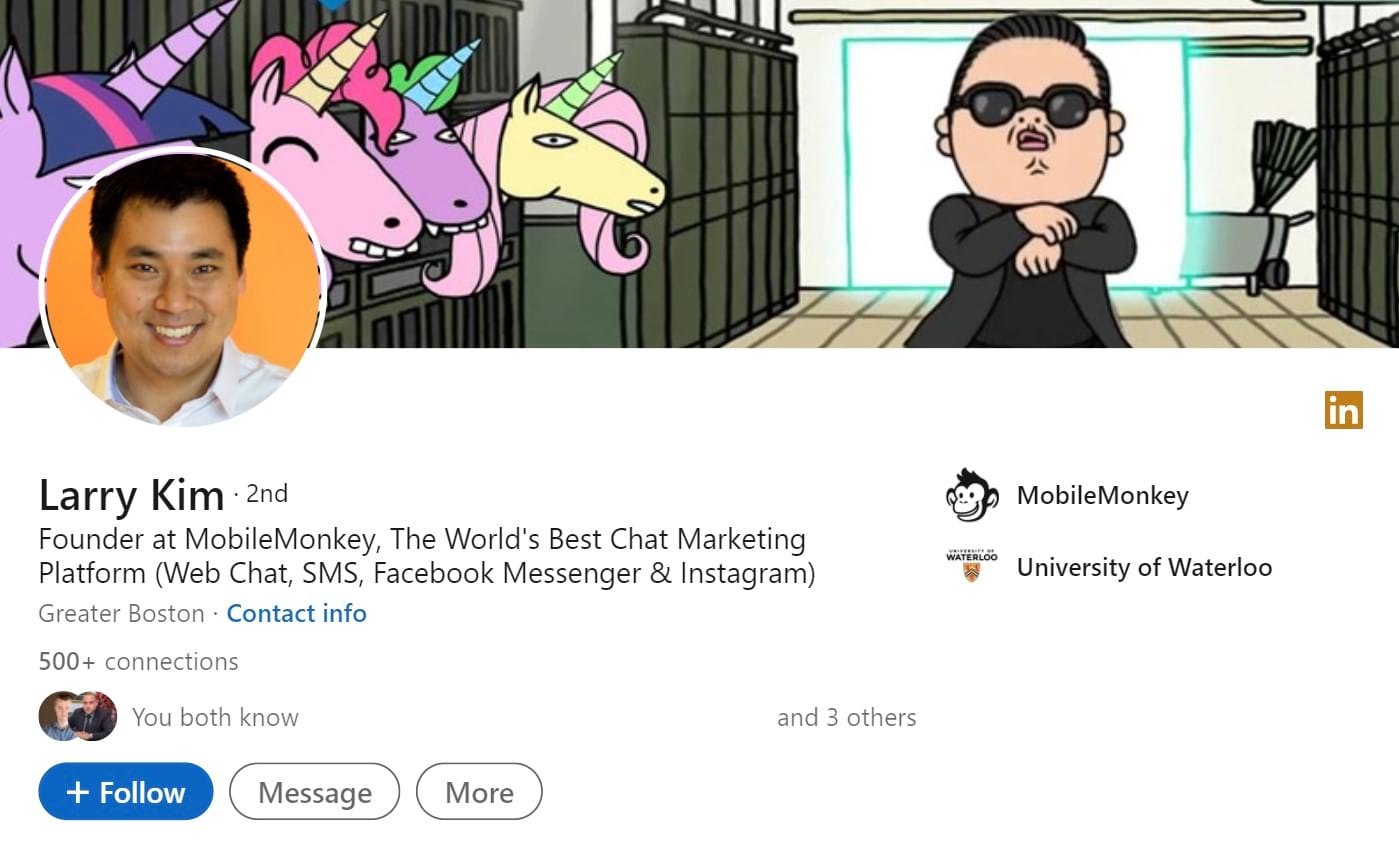
Focus on large segments first before considering 1-to-1 personalization
Michel Koch suggests that focusing on super-specific personalization can be overwhelming, especially for beginners.
Classic rule-based personalization using broader audience segments and message triggers is a much more realistic place for those new to personalization to start.
Focus on large segments first before considering 1-to-1.
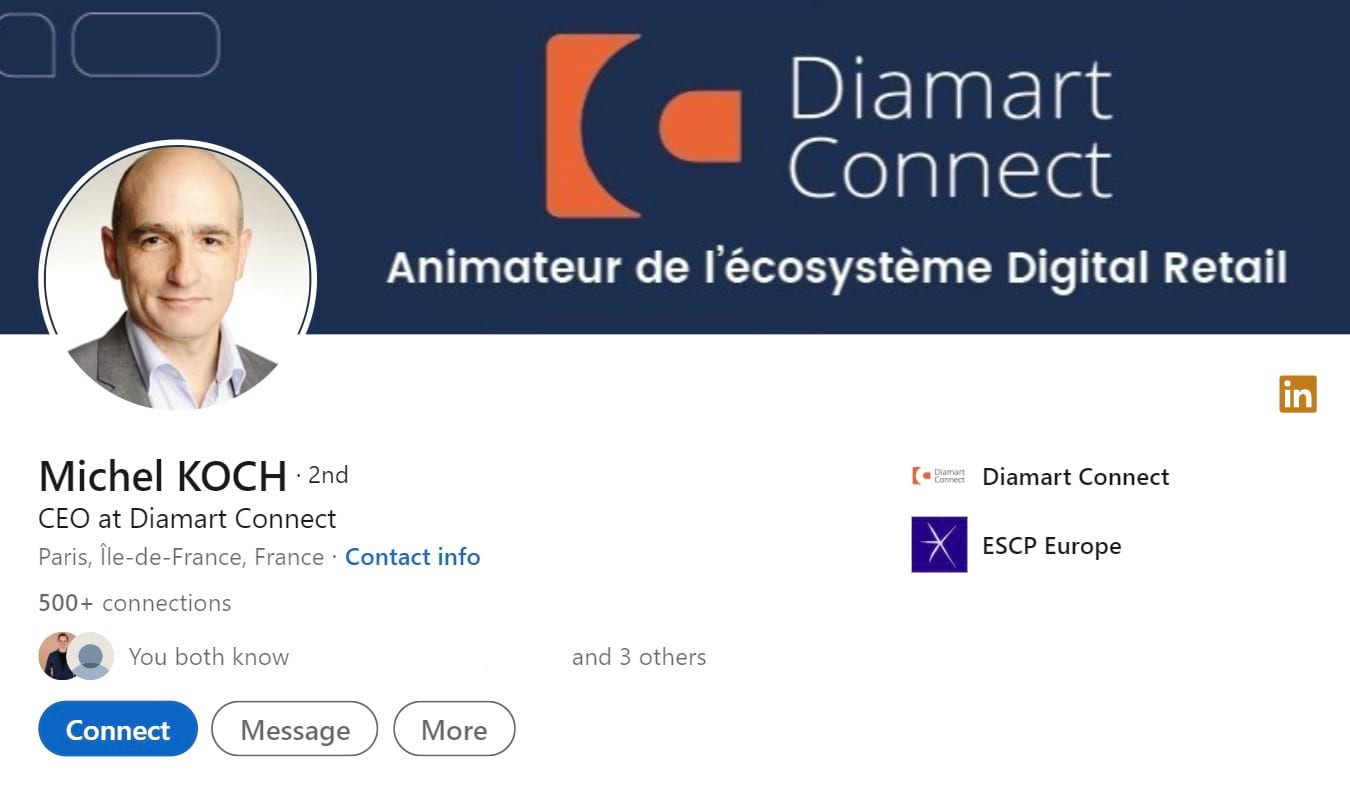
Utilize data from Google Query Explorer
Andy Chittock‘s advice is to turn to Google Query Explorer and use data such as user type or geography.
Andy’s advice is to take a nice, big data extract with a wide date range (one year, give or take).
One of his tips was to take advantage of Google Query Explorer, not just standard GA reports. Start filtering with something easy; device, geography or user type are good places to start. Now look for trends to untangle user segments.
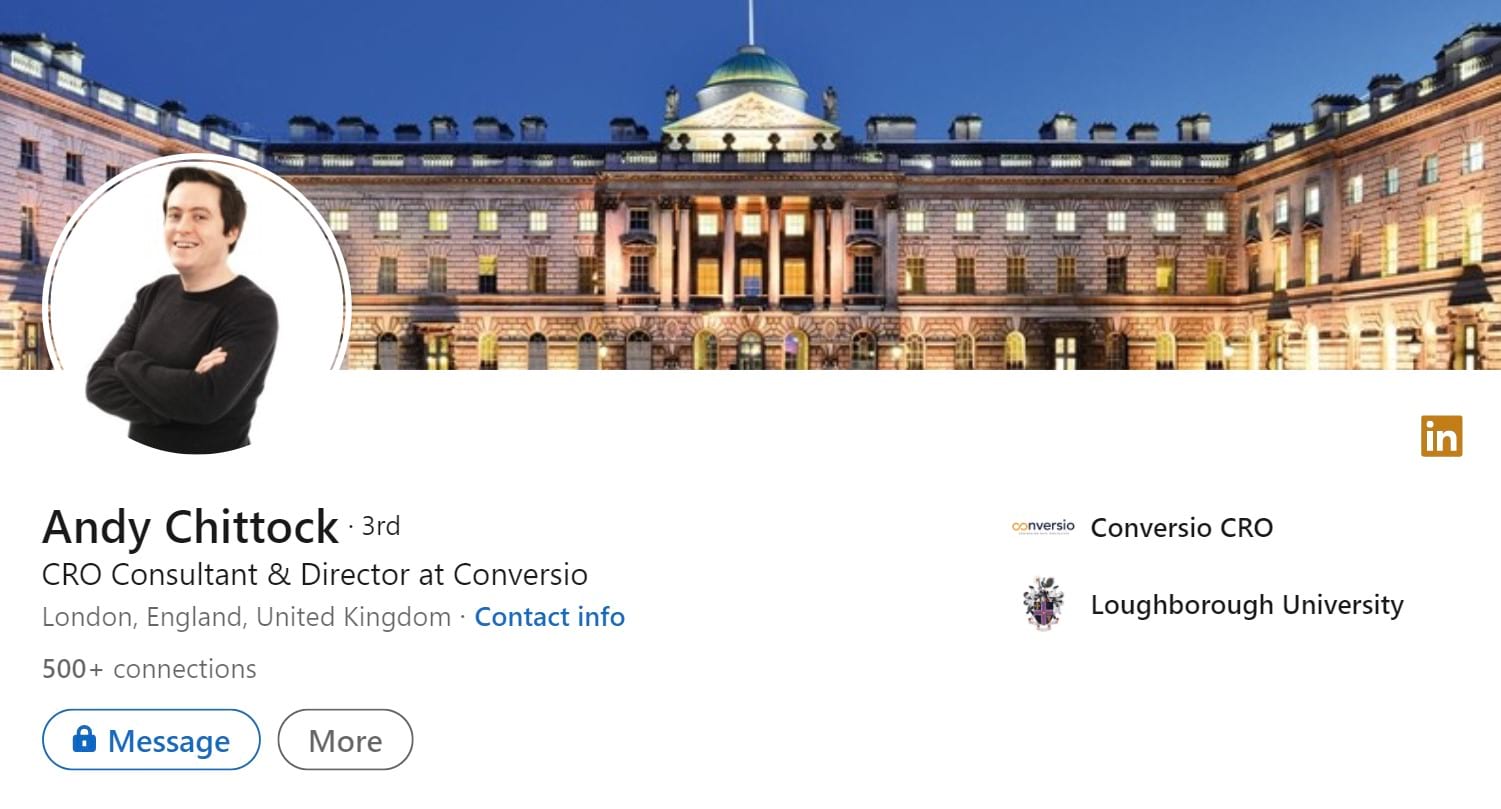
Use the right info at the right time
According to Tyler Lessard, the success of your outreach doesn’t depend solely on personalization, but another crucial element – timing.
A lot of people do think about personalization as the way to create that connection. Then often we land on well, personalization equals the right information at the right time to the right person, addressed to them, by merging in their name.
All of that is important. Don’t get me wrong. That stuff is important, but I think it really misses a final element, which is the right experience and the right tone and the right sort of human element.
Because again, you can deliver the right information at the right time all day long, but if somebody doesn’t feel inspired to want to engage in that, if they don’t walk away from it with some kind of an emotional or visceral response and go, “Yeah, you know what? This really connected with me. I want to action on this.” Then you probably haven’t done nearly enough to progress them through the journey.
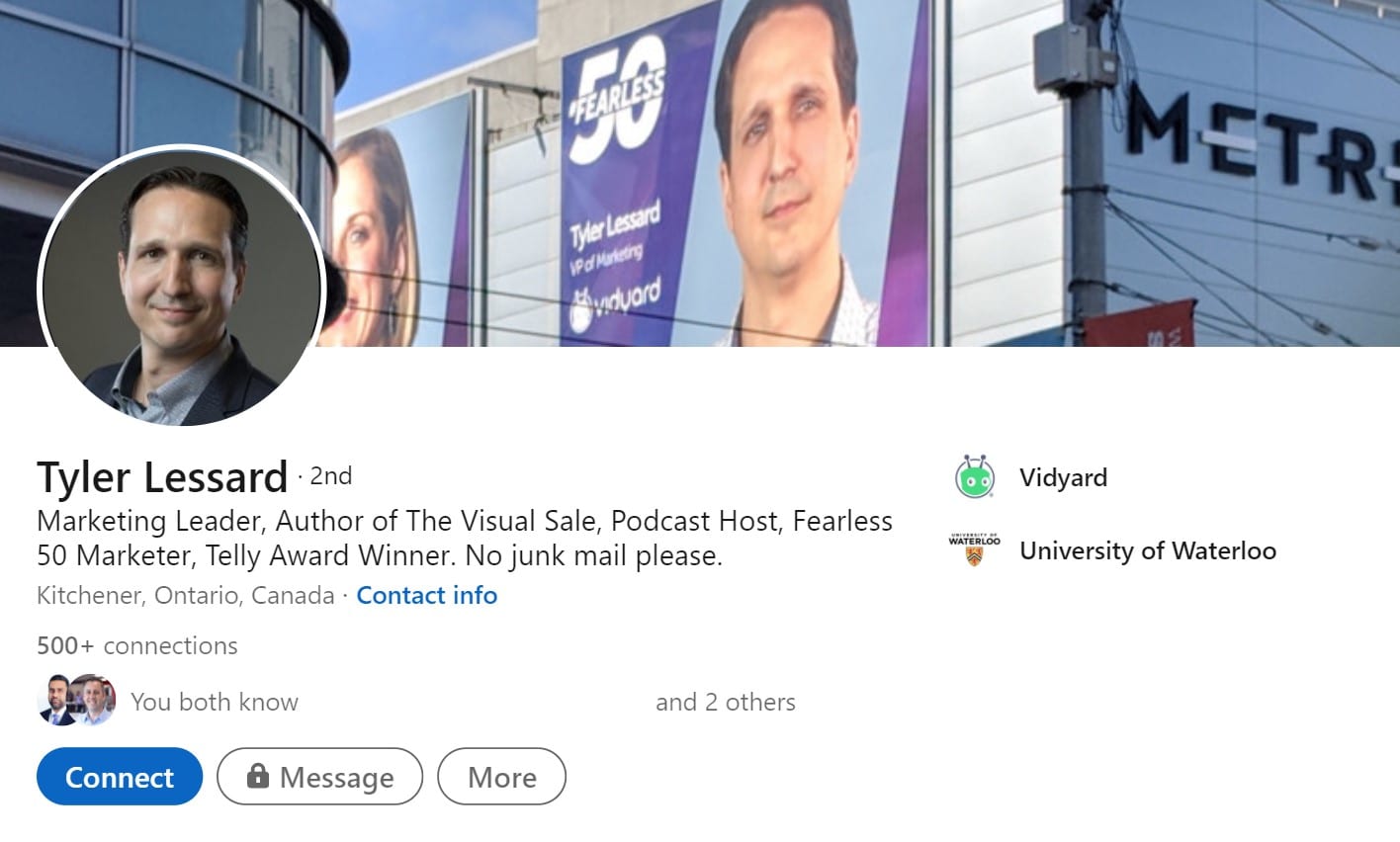
Incorporate AI apps into your strategy
Thomas Prommer, Global SVP of Engineering at Adidas, suggests increasing efficiency when executing your personalized marketing strategy by using AI-driven apps.
To perform increasingly personalized marketing at scale, marketing workforces will need to rely on the input and efficiency machine-driven AI applications can provide across all cycles of the customer journey.
This does not necessarily imply a hands-off approach, where AI-based applications operate on their own without human involvement. Indeed, the performance of AI-based algorithms improves when they are reviewed, sanitized, and operationalized by real, live humans.
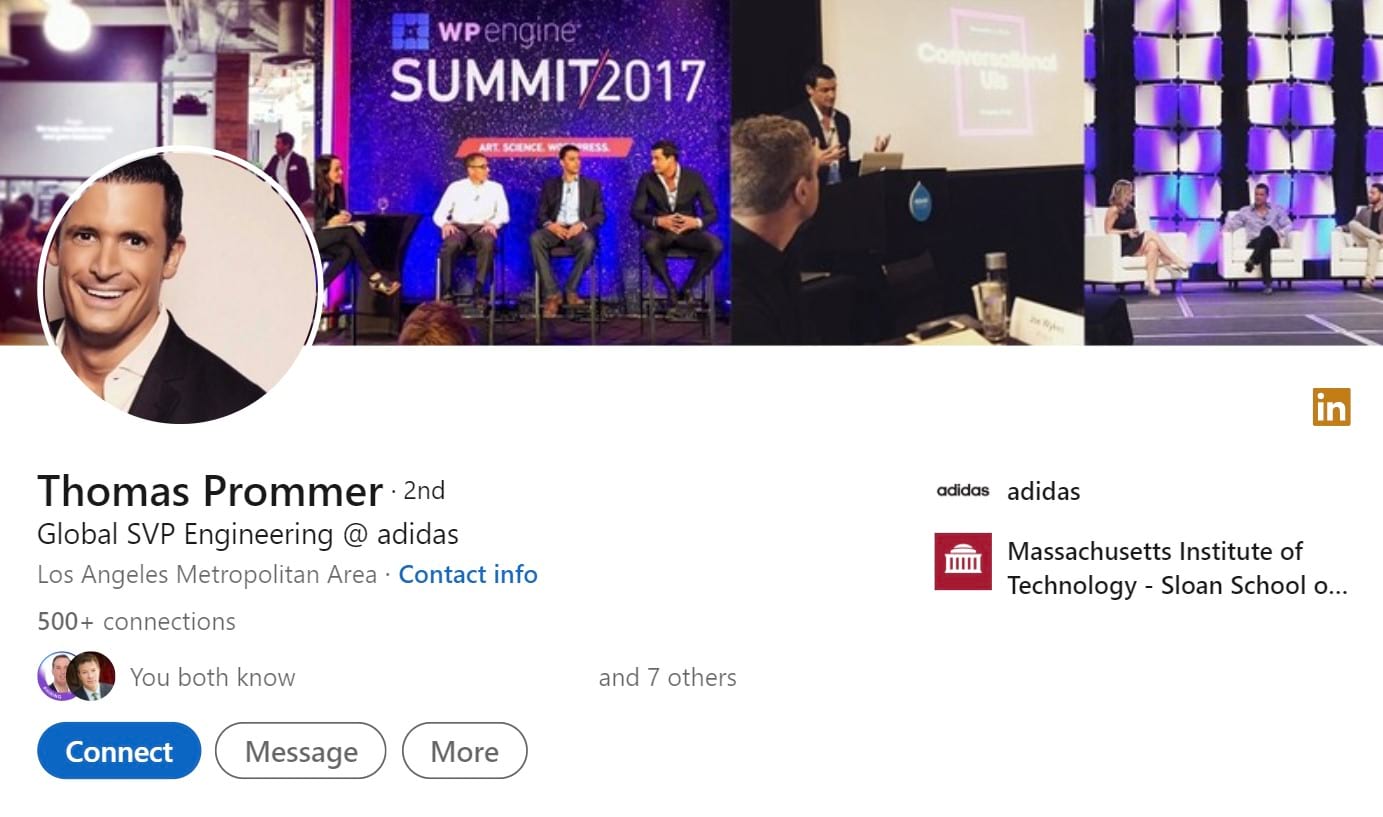
Introduce yourself through a personalized video
George B. Thomas advises sending a personalized video as an introduction when prospects sign up to your site.
Well, introduce yourself. I mean, that’s the basic beginning of it. You know, I’ll give you an example. At sprockettalk.com we have people who sign up for our free membership on.
The first thing we do is we send them a personalised video where it’s like, Hey, this is who I am. And thank you, Bobby, Jimmy, Susie for signing up for the free membership. By the way, if you have any questions about X, Y,Z , a, B, C, right?
So it’s kind of like introducing yourself or almost pseudo onboarding in our case. But it could be just explaining a little bit about what you do, who you are, and why you’re passionate about that thing.
Again, leaning into the more human side of this, because later you’ll have personalised videos where you can actually talk about the products and the services and kind of deep dive questions that they may have.
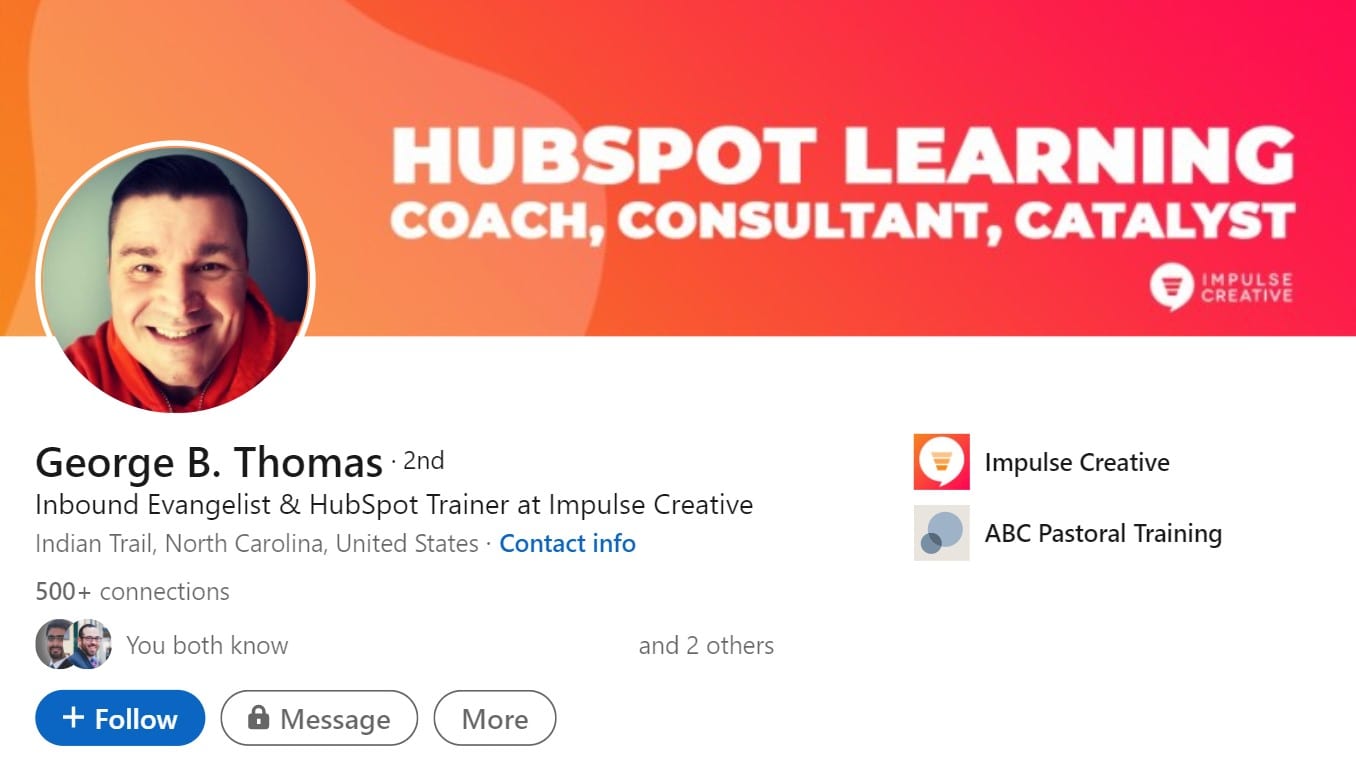
Personalize your prospect’s experience with chatbots
Kevin Payne suggests to up the ante for your customer support services with a personalized chatbot.
Great customer service can be the reason someone browsing your site decides to make a purchase. To boost your chances of getting more leads and sales, consider adding a chatbot function that provides truly personalized support and experiences.
Keep in mind that it may be worth it to outsource tasks like these to independent contractors, especially since this is a cheaper option than hiring full-time personnel to operate your chatbots and customer service platforms.
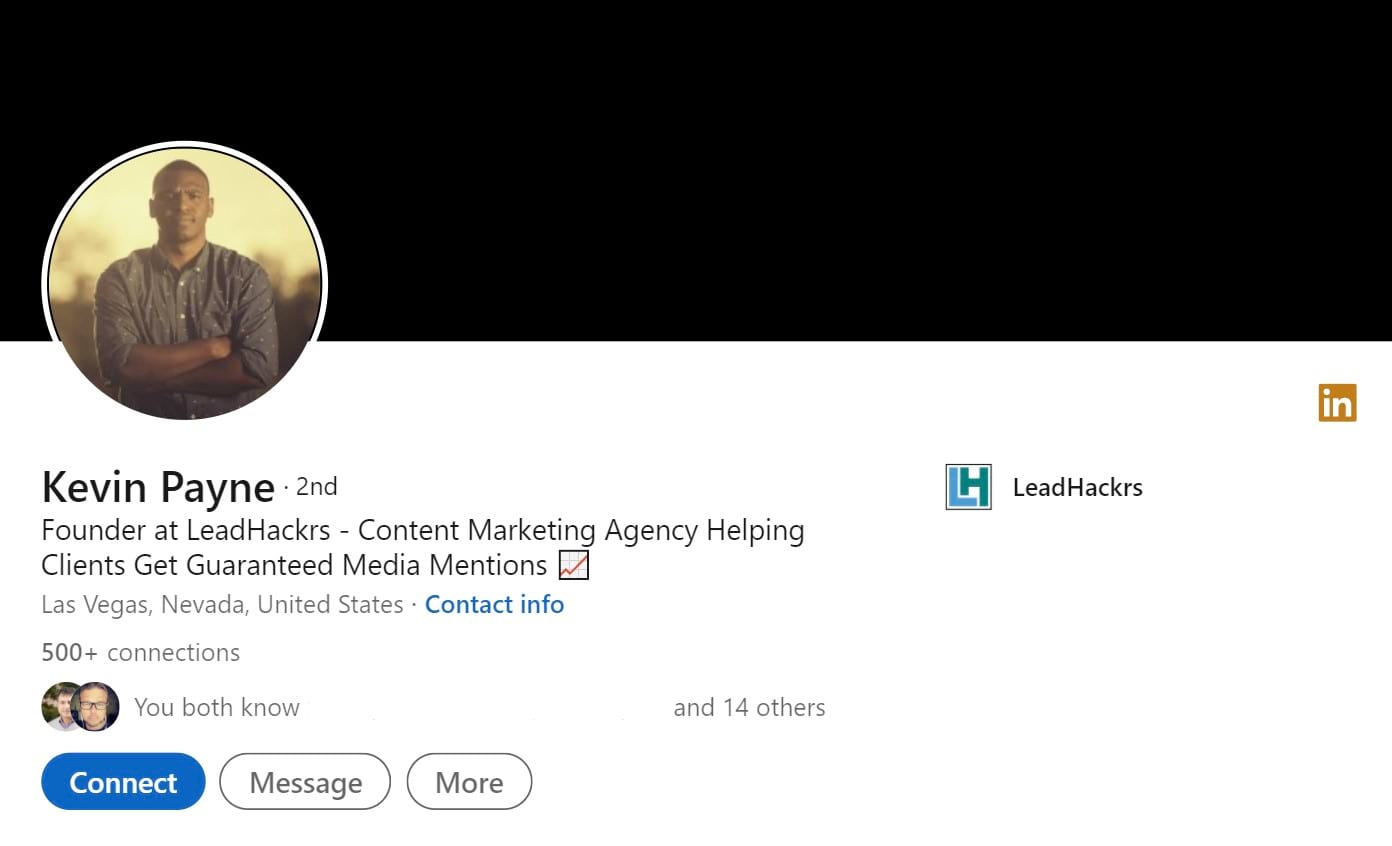
Make the most of past data on prospects
Cyril Coste is all about using past data on customers to incorporate into your customer experience.
I would say that, in order to know what data we should be using, we need to appreciate what people value in their customer experience – for example, people tend to value efficiency and convenience.
Similarly, in the travel industry, it’s really important to use past travel data to know your customers’ preferences and constraints. Using this will allow you to send relevant information and provide a personalized experience.
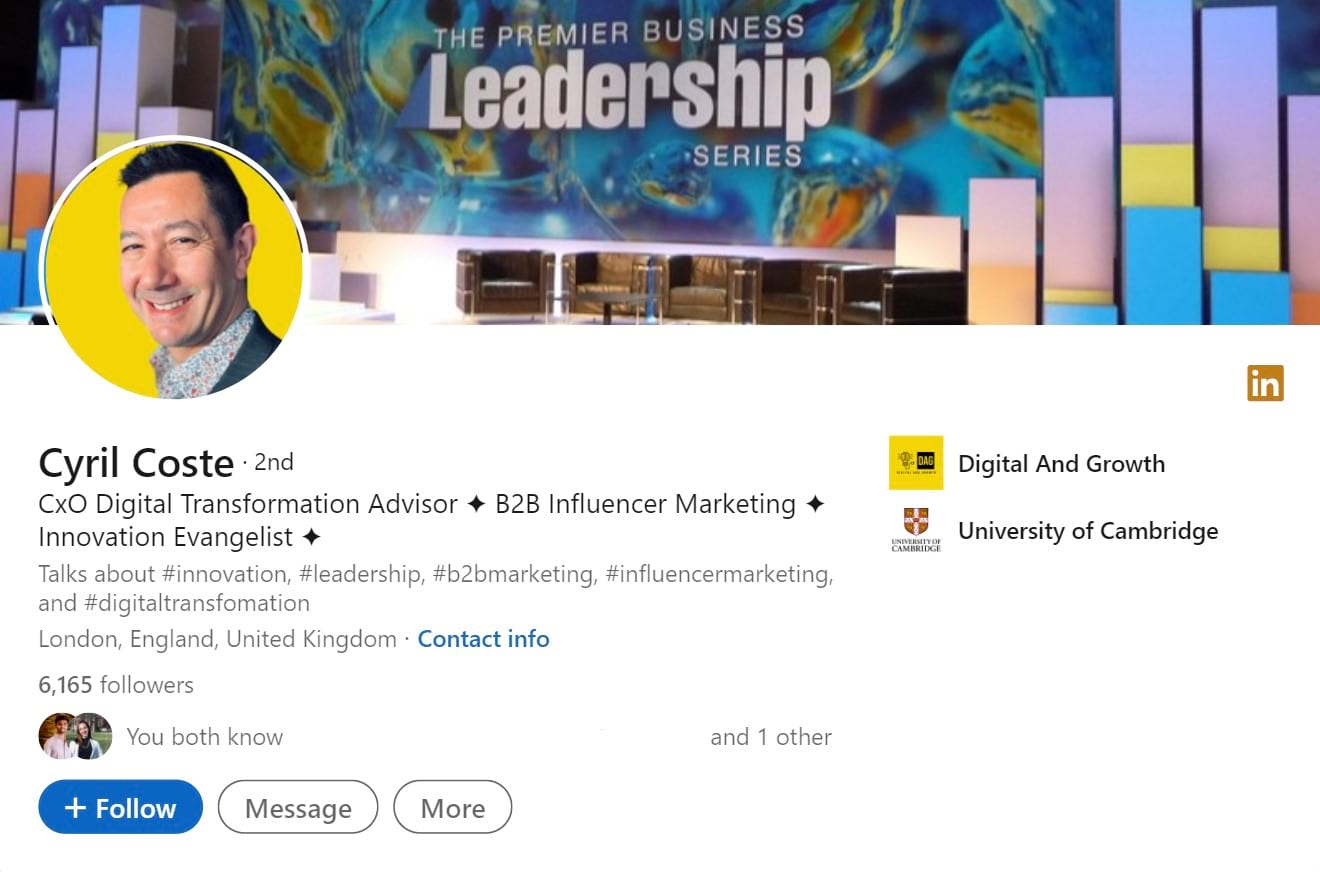
Send emails at the right time
Saurabh Nangia says that using targeted and triggered marketing can help in personalizing email campaigns.
The personalisation widget fits very well within email marketing. Talking a little bit from TargetingMantra’s perspective, we divide email marketing primarily into two parts. One is targeted and one is triggered.
Targeting is something where a marketing manager or a category manager decides that he wants to target certain consumers based on whatever rules he has in mind. It could be things like people who signed up last time and have spent more than $1000 on the platform since then.
People who have viewed at least 10 products on the website, but have bought 0 products. So they create all of these different campaign rules and we will then dynamically choose what users fall into that bucket.
Now comes in the part of personalisation widgets. Once he has created these segments that he wants to target, he’ll take each of these users individually and see what their preferences are. So instead of sending the same bestsellers to all the users out there, what we will do is see what is the likelihood that a certain consumer will be interested in what bestseller.
So I won’t send books bestsellers to everyone or I won’t send electronics bestsellers to everyone or I won’t even send Nikon’s same lenses to everyone.
I’ll see that this guy is more likely to buy a Canon lens for his camera while someone else is more likely to buy a Nikon lens. So each one will get these bestsellers also in their email which are personalised to their taste.
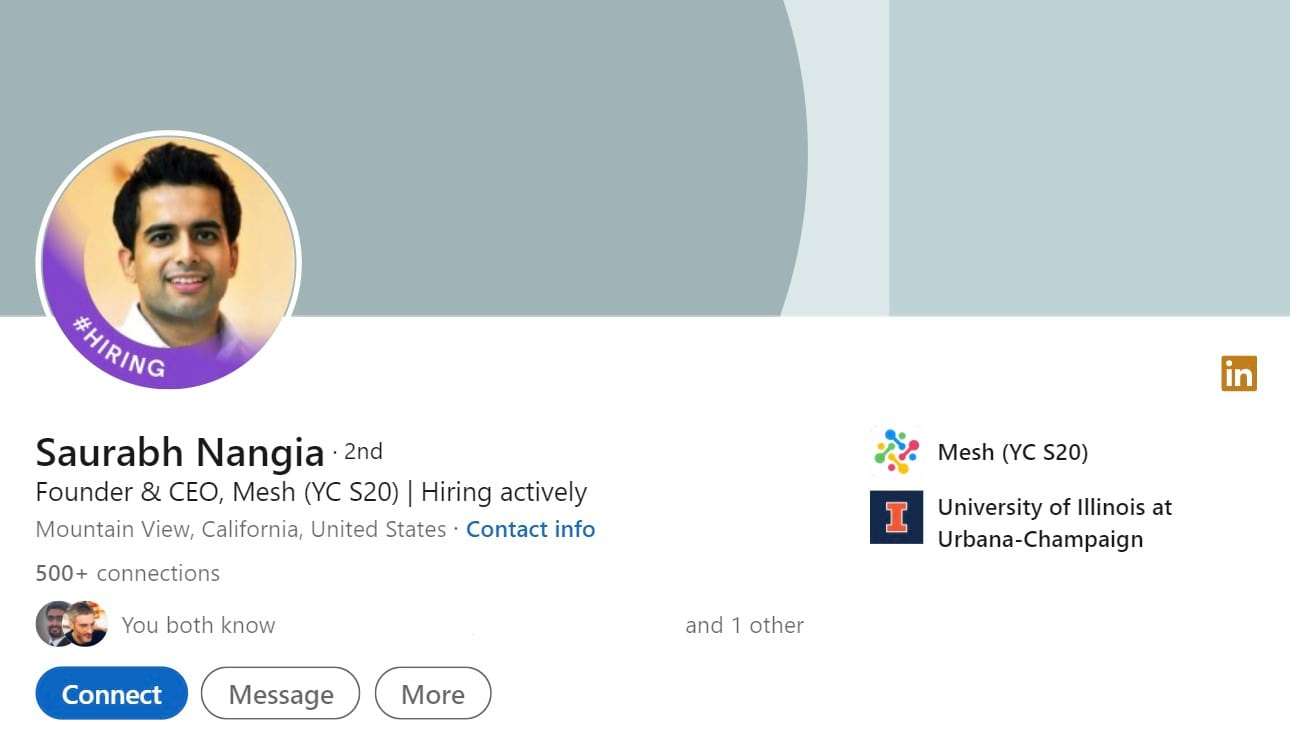
Personalize your ads when retargeting
Guillaume “????” Cabane suggests identifying a user’s most important touch-point when remarketing.
Yeah, I advocate for personalization to understand the user lifecycle across all the channels, not only on the properties that you own including your website, your email.
You need to understand who is seeing your brand, how they’re seeing it, how they’re perceiving it, and where it is in relationship to their lifecycle with your product. You can’t just, randomly retarget folks hoping for the best. Most marketers just hope for the best.
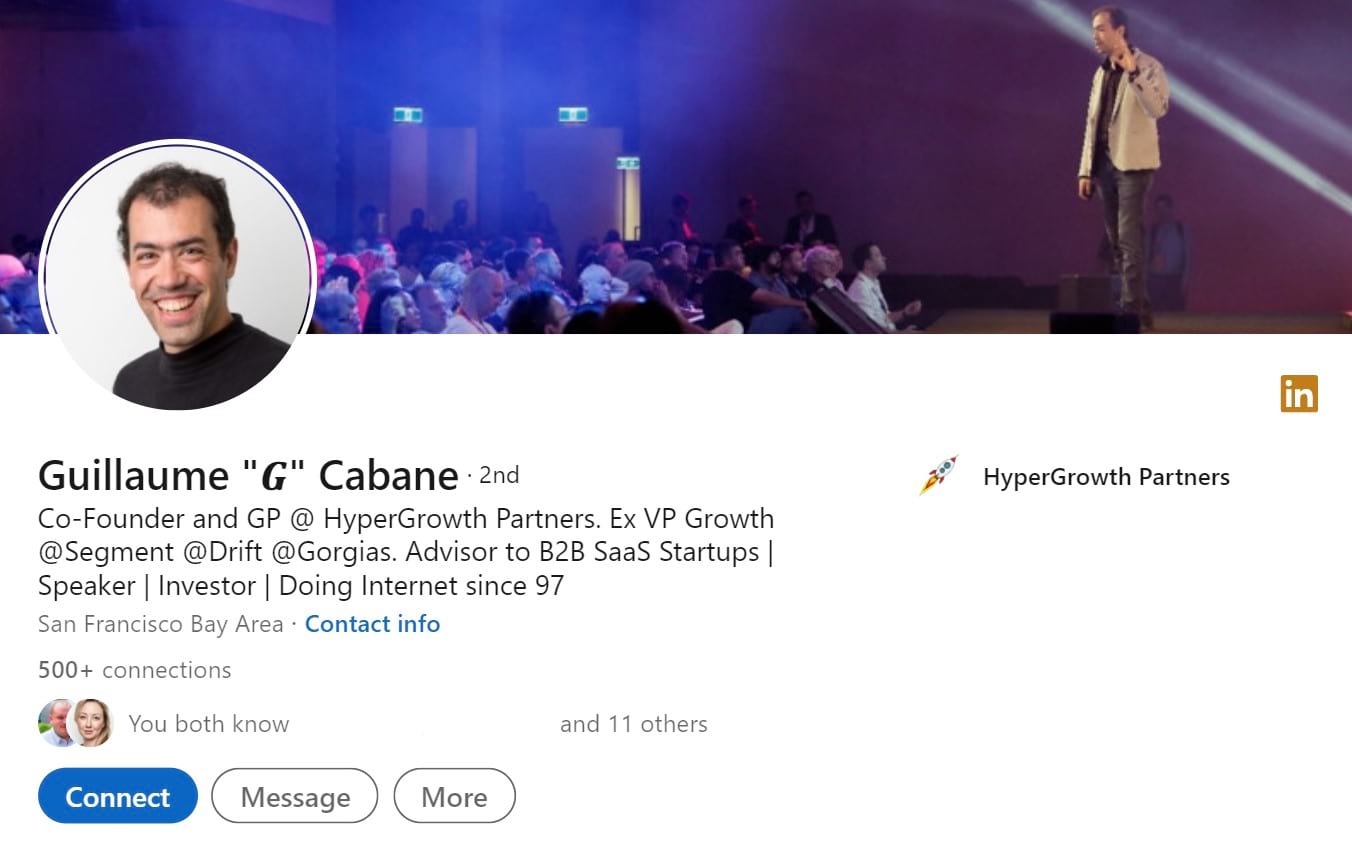
Work together with your team on a collaborative integrated level
Brent Adamson emphasizes the importance of teamwork as a way of getting valuable personalization info.
One of the things we found when we studied personalization is that the teams that really figured out how to get the benefits from personalization efforts were the ones that truly focused on people.
And it wasn’t people at the individual specialist level but it’s people on the collaborative integrated working together level.
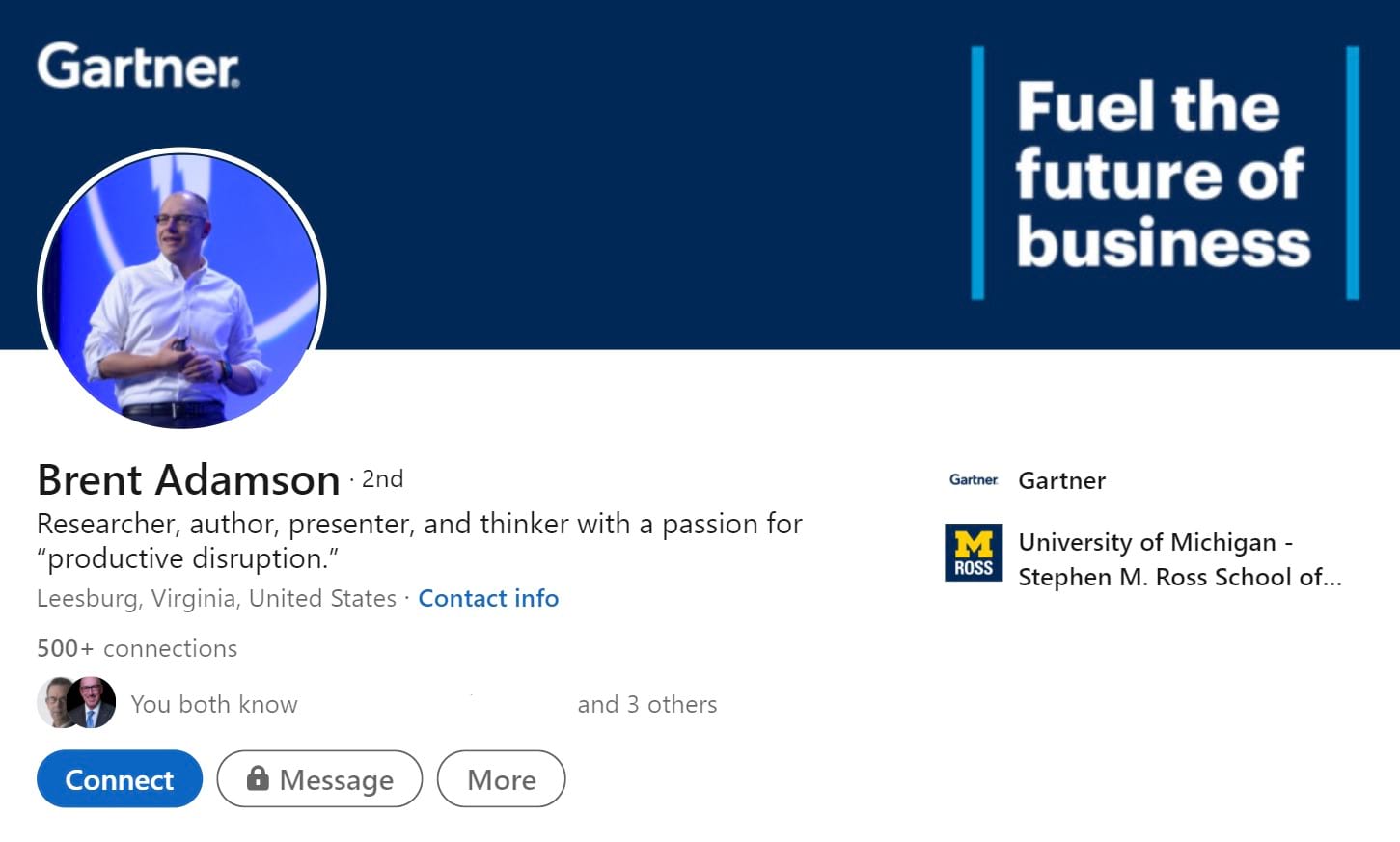
Conclusion
Some of the leading influencers in the industry are speaking on the importance of personalization, not to mention customers are now demanding it from businesses. It’s safe to say that personalization should be a key part of your marketing strategy.
From making lead generation much more effective to increasing your conversion rate and ROI, it’s worth the time implementing a personalization strategy today.
Get started with personalizing your lead gen campaigns with the Hyperise + Zopto integration.

